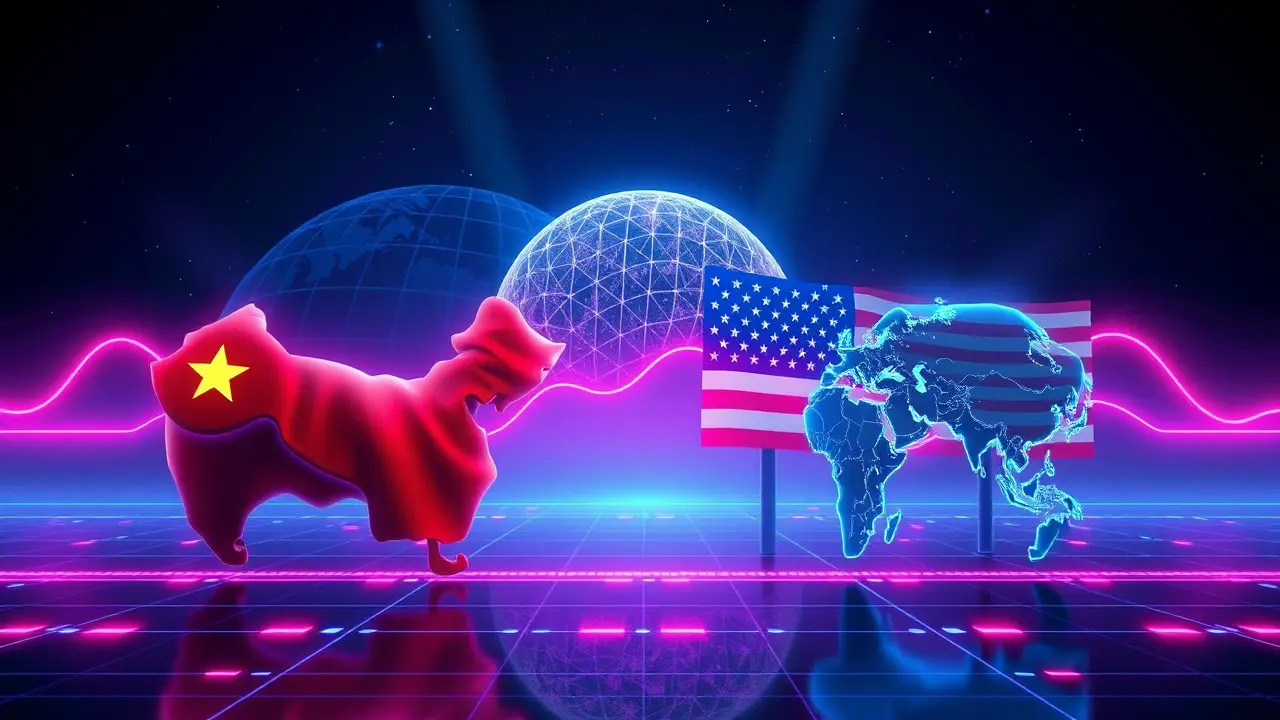
Politicssanctions & tradeTrade Deals
China's Economic Race Against the United States
OL
Olivia Scott
2 days ago7 min read
The global economic landscape is witnessing a protracted and high-stakes race for supremacy, with China's Gross National Income per capita charting a steady, impressive ascent that suggests a successful navigation past the dreaded middle-income trap—a feat many emerging economies fail to accomplish. This sustained growth, however, merely sets the stage for a far more formidable and historically fraught challenge: the economic equivalent of the Thucydides Trap, where a rapidly rising power finds itself pitted against an entrenched incumbent, in this case, the United States, which appears resolutely determined to employ every policy tool at its disposal to maintain its primacy.For market analysts and Wall Street observers, this dynamic is not merely a geopolitical abstraction but a central driver of global capital flows, supply chain realignments, and monetary policy uncertainty. The Federal Reserve's interest rate decisions, for instance, are now perpetually shadowed by the implications of Sino-American technological decoupling, particularly in semiconductors and artificial intelligence, sectors where both nations are investing billions in a bid for decisive advantage.The recent tariffs, export controls, and investment restrictions emanating from Washington represent a calculated, multi-pronged strategy to curb China's access to critical technologies and capital markets, effectively raising the hurdles for its ascent. From an analytical standpoint, one must consider the sheer scale of China's state-directed investment in its 'Made in China 2025' initiative, a comprehensive industrial policy aimed at dominating future-tech sectors, juxtaposed against America's response through the CHIPS and Science Act and the Inflation Reduction Act, which seek to onshore manufacturing and subsidize domestic green technology.This is not a simple sprint but a grueling marathon, a contest of economic endurance, innovation ecosystems, and demographic resilience. Historical precedents, from the economic rivalries of the 20th century, suggest that such transitions are rarely smooth and often accompanied by significant financial volatility and protectionist pressures.The ultimate question for investors and policymakers alike is whether China can sustain its productivity growth and overcome the demographic headwinds of an aging population and a shrinking workforce fast enough to close the gap with a United States that, despite its political divisions, retains profound strengths in its university systems, deep capital markets, and capacity for technological innovation. The trajectory of this race will define global asset allocations, currency reserves, and the very architecture of international trade for decades to come, making it the single most critical narrative in macroeconomics today.
#editorial picks news
#China
#United States
#economic competition
#middle-income trap
#Thucydides Trap
#GNI per capita
#hegemony
Stay Informed. Act Smarter.
Get weekly highlights, major headlines, and expert insights — then put your knowledge to work in our live prediction markets.
Comments
It’s quiet here...Start the conversation by leaving the first comment.
© 2025 Outpoll Service LTD. All rights reserved.